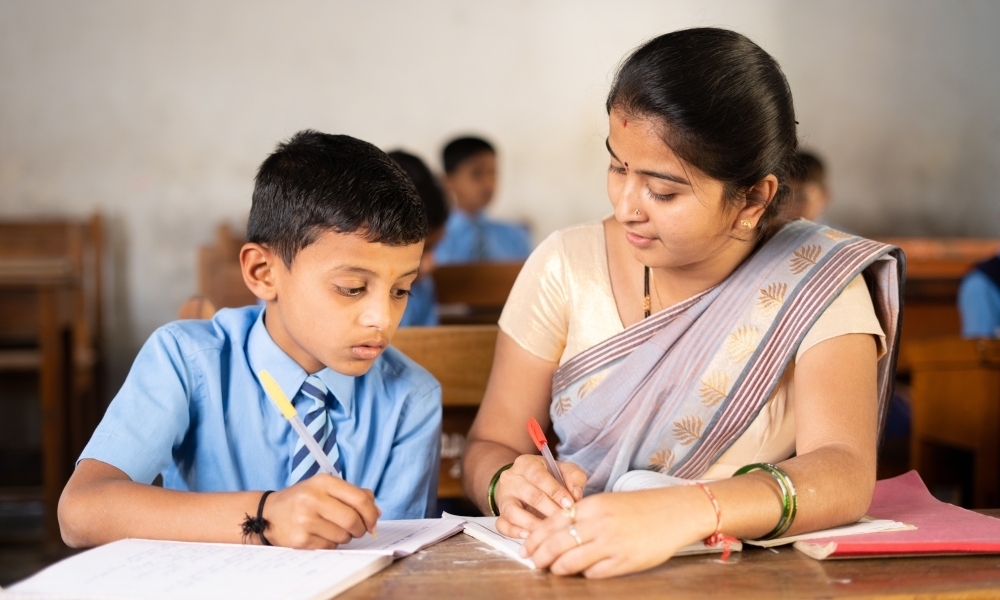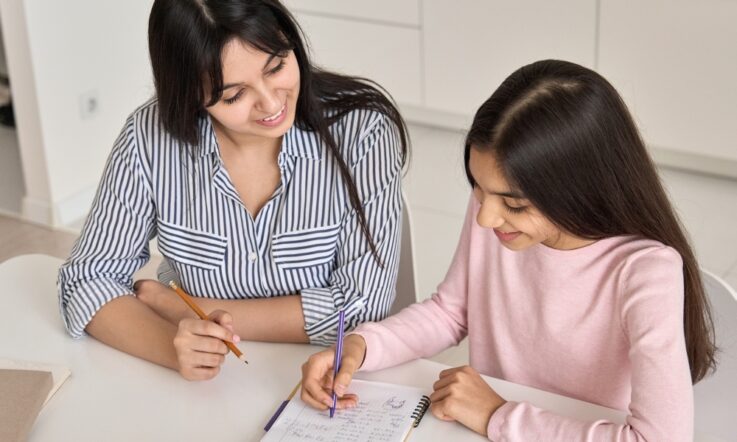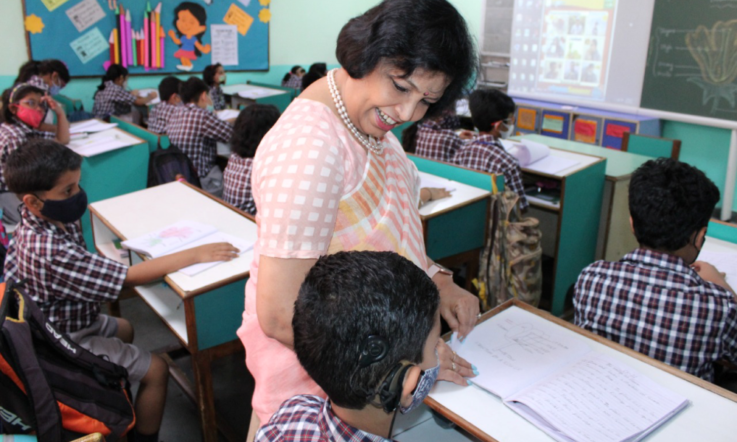An important part of teaching is building strong relationships with students – particularly at the beginning of the year when time is dedicated to getting to know students and establishing classroom expectations.
If you’ve taught the same student twice before, did this have a positive impact on the relationship you had with this student the second time they were in your classroom? New data analysis of 1.3 million students and 50,000 teacher records across Grades 3 to 11 in Tennessee, United States, has shown there is a positive impact on student academic achievement and behavioural outcomes when they are taught by the same teacher twice.
The researchers suggest this may be because the student-teacher relationship is stronger. In their report, Second Time's the Charm? How Sustained Relationships from Repeat Student-Teacher Matches Build Academic and Behavioral Skills, authors Dr Leigh Wedenoja, John Papay and Matthew A. Kraft share that they set out to examine the impact that having the same teacher for more than one year might have on student outcomes.
‘We find that repeat teachers increase students’ test scores across all grade levels … We also find that these repeat interactions decrease disciplinary infractions for students across grade levels and improve attendance in high school by reducing truancy,’ they write.
‘…student-teacher relationships also evolve over time as teachers get to know their students better and are able to more effectively tailor their instruction to students’ individual learning needs. Similarly, students adapt to a teacher’s classroom management and teaching style over time.’
The study findings at a glance
The analysis of student and teacher data came from records compiled by the Tennessee Department of Education, where they link all students to teachers in subjects that require assessments. The research team focused on Mathematics and English Language Arts (ELA) students, as these subjects cover the vast majority of students.
Data from 2007 to 2017 were analysed. Specifically, the researchers identified each teacher for these subjects and examined whether their students had been taught by them before. They found the effect on students was the same for those who had the same teacher in consecutive years, and those that had the same teacher at any point across their schooling.
‘These results are robust to a range of alternative specifications and sample restrictions suggesting that teachers become more effective working with students in their second year together,’ Dr Wedenoja, the report’s lead author and Senior Policy Analyst at Rockefeller Institute of Government, tells Teacher.
‘There was at least one study that came out before ours that looked at the effect of repeat teachers on Math scores for Grades 3-5 in North Carolina, so we expected to find similar results for elementary Math scores in Tennessee,’ she says.
‘What did surprise us somewhat is that we found an effect for middle and high school students who have many teachers over the course of the day. One repeat teacher increased test scores in their subjects but also improved attendance and behaviour, which are full-day outcomes affected by many teachers.’
Student-teacher ‘match quality’
The researchers were also investigating the nature of ‘student-teacher match quality’ – in other words, the impact that a student-teacher pairing has on a teacher’s effectiveness. They share that while prior research has thought of match quality as fixed (for example, highlighting the benefits of teachers and students sharing similar characteristics), they believe the relationship to be far more dynamic.
‘For example, match quality improves as a teacher gains experience with a particular student,’ they explain in the report. ‘Though we often discuss teacher-student match quality as a component of teacher effectiveness, it is inherently bidirectional … Any improvement in teacher effectiveness from a repeat student-teacher match is likely the result of both the teacher and the student building a relationship and adapting to each other’s teaching and learning styles.
‘Caring relationships between teachers and students foster a sense of belonging for students and create classroom climates where students are poised to do their best learning. Repeat students and teachers have more time to get to know each other’s teaching styles and learning needs, as well as to develop stronger, more trusting relationships.’
Implications for practice
It was also found that both repeat and non-repeat students benefit from classes with a large share of repeat students. ‘Students who themselves do not have a repeat teacher but are in a classroom where more than 50% of students who have had the teacher before have higher test scores than non-repeat students in classes with fewer than 50% of repeat students,’ Dr Wedenoja explains.
The report suggests that ‘teachers with a high number of repeat students may be able to better focus on building relationships with non-repeat students and may require less time at the beginning of the year to establish classroom protocols and norms.’
Dr Wedenoja tells Teacher that the skill of knowing a student – having a relationship with that student –improves learning for the student and teaching for the teacher. ‘We often discuss the other skills a teacher needs – knowledge of course content, classroom management, etcetera – but the relationship with students is also a valuable skill that can improve a teacher’s job performance and job satisfaction.’
As a school leader, reflect on what you are taking into consideration as you allocate students to classrooms for 2023. Is the student-teacher ‘match quality’ considered?
Think about how common it is in your school setting for students to be taught by the same teacher twice. Would you be able to analyse your own data on this, to ascertain what impact this might have on student behaviour and academic achievement?



